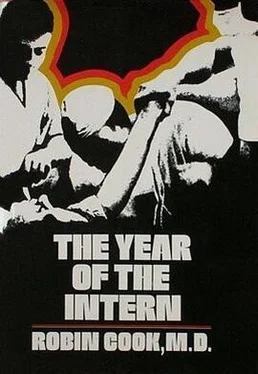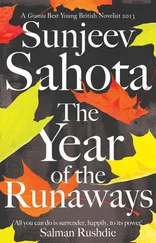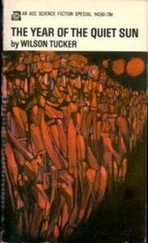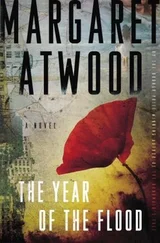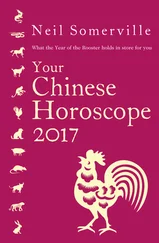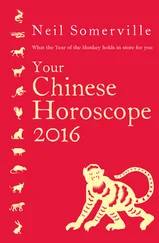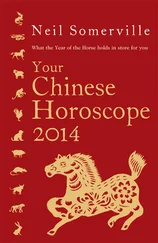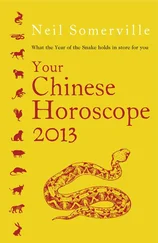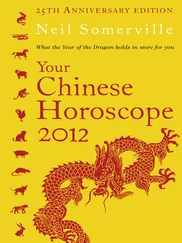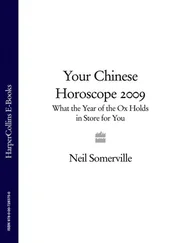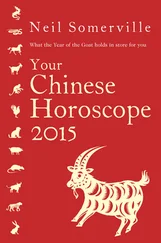That was the way he took the next stitch — extending his pinky as far as possible from the rest of his fingers and deftly trailing the silk out of the needle holder into my waiting hand. Since I was the first assisting, it was up to me to tie. Straus was holding the retractors. The first throw was formed and run down extremely rapidly, as happens when an act has become reflexive. The opposing walls of the large intestine came together over the inverted appendiceal stump. As I tightened the suture, Gallagher pretended not to watch, but I was sure he had an eye cocked. Since he didn’t say anything, I guess he approved the degree of tightness I placed on the first throw. Then he took the freshly loaded needle holder from the scrub nurse as I started the second throw.
“Hey, Straus, how about lifting up a little on those retractors so I can see my knot?” It bugged me that Straus was staring off into space just then. I held up running down the second throw while he looked into the wound and lifted with his right hand, opening the wound wider. That made it possible for my right index finger to carry the fold of thread down until it matted with the first throw, where I tightened it with a precision that seemed to me exactly right. Another throw, but with my other hand leading, so the knot was sure to be a square knot, not a slippery granny.
Five such sutures completely covered the appendicial-stump area, and we were ready to close.
“Straus, you did a fantastic job,” said Gallagher, winking at me, as he took the retractors from the new intern. “Couldn’t have done without you.” Not really knowing if Gallagher was putting him on, Straus wisely elected to remain silent. “Where’d you learn to retract like that, Straus?”
“I scrubbed a few times in medical school,” he said quietly.
“I was sure of it,” returned Gallagher, a supercilious smile creeping from the sides of his mask. “Peter, can you and our young surgeon here close the wound?”
“Yes, I think so, Dr. Gallagher.”
Gallagher hesitated, looking at the incision. “On second thought, maybe I’d better stay. If the patient gets a postop infection, I want as few people to blame as possible — just George. George, you hear that?”
“What’s that?” George looked up from his anesthesia record, but Gallagher ignored him and stepped back to rinse his hands in the basin.
“Straus, how are you at tying knots?”
“Not too good, I’m afraid.”
“Well, ready to try a few?”
“I think so.”
“Okay, when we get to the skin, you tie.”
The fascial sutures went in quickly. My tying now was nearly as rapid as the surgeon’s suturing, and the scrub nurse had to hustle to keep up with us. The smiling wound came together as the subcutaneous sutures were placed and tied.
“Okay, Straus, let’s see what you can do,” said Gallagher, after placing the first skin suture in the center of the wound and trailing the silk thread out over the patient’s abdomen. The first skin suture, in the center of a wound, is the hardest, because until the adjacent sutures are placed it bears a lot of stress, and the stress makes it hard to tie with the correct tension. Gallagher winked at me again as Straus picked up the two ends of the thread. Straus didn’t even have his gloves on tightly, and there were wrinkled bunches of rubber at the tips of his fingers. He didn’t look up, though — which was a good thing, because I knew what was coming and my face was contorted in a broad smile of anticipation.
Poor Straus. By the time he got the second throw down, he was perspiring, and the skin edges were still almost half an inch apart. Moreover, he had gotten his fingers all bunched up in the suture in a fashion that suggested he was going through a comic routine. But he still didn’t look up, a good sign. He would be all right.
“Straus, you’ve got the theory right. Skin sutures should not be too tight.” Gallagher chuckled. “But half an inch is pushing a good thing too far.”
“You guys can take all the time you want. The patient is going to be paralyzed for quite a while with that succinylcholine,” added George.
I cut the gaping suture, pulled it out, and dropped it on the floor. Gallagher flipped in another in its place, detaching the thread from the needle with an almost imperceptible twist of his hand. Straus silently picked up the ends and started fumbling again.
“This isn’t the first time I’ve seen a bare hand in a stomach wound,” I said, looking over at Gallagher. “Once in medical school about eight of us students were in the OR trying to see a case, and the surgeon said, ‘Feel this mass. Tell me what you think.’ The residents all took a feel, nodding in agreement, and then an ungloved hand sneaked between two residents and felt around, too.”
“Was it one of the medical students?” asked the anesthesiologist.
“Probably. We never knew for a fact, because we were all thrown out by the chief resident, who was trying to calm the surgeon.”
Straus was still fussing with the second suture, dropping the ends, getting his fingers caught, and leaning this way and that in a kind of hopeful body English. I’m not sure how he expected body English to help, but I recognized the same tendency in myself.
“Did the patient get a postop infection?” asked Gallagher.
“Nope. Sailed through without a complication,” I said.
“Let’s hope we’re traveling the same path.”
Without saying anything, I untangled the silk from Straus’s hands and rapidly placed a knot, pulling it over to the side so that it was away from the incision. Straus doggedly kept his head down while Gallagher whipped in another suture.
“How about that one, promising surgeon?” said Gallagher, stretching his arms out with his hands inverted and his fingers intertwined. One or two knuckles cracked.
This Straus certainly was a silent fellow; not a sound came out of him as he concentrated on the skin suture. Actually, I was already tired of the game, of watching him fumble around. It was getting pretty close to three, and I had a lot to do, last-minute packing and other details. After a reassuring glance at Gallagher, I again untangled the suture from Straus and laid a rapid square knot, bringing the skin edges together without any tension.
“Well, I think you two can finish this up. Remember, I want only a piece of paper tape for a dressing.” With that, Gallagher swaggered over to the door, snapped off his gloves, and disappeared. Straus looked up for the first time since starting the skin sutures.
“Do you want to tie or stitch?” I asked, looking at his drawn, sweating face. Actually, I couldn’t decide which would be worse, his tying or his stitching. I wanted to get out of there.
“I’ll stitch,” he returned, reaching toward the nurse, who, true to form, slammed the needle holder into his palm. The sharp sound of metal on tense rubber glove surged and echoed around the blank walls of the OR. Straus literally jumped, startled by the impact. Then he winced and, after pulling himself together with another quick glance at me, bent over the wound and tried to dig the needle into the skin on the upper side of the incision.
“Straus.”
“Yeah?” His face tilted up from his hunched position.
“Hold the needle so that the point is perpendicular to the skin, and then roll your wrist — in other words, follow the curve of the needle.”
He tried, but when he rolled his wrist he pivoted the needle holder without taking account of the distance from the end of the needle holder to the tip of the curved needle. The result was a faint metallic snap as the needle broke off right at the skin. His hand froze, while his eyes, filled with disbelief and anxiety, darted from the broken needle point back to me.
Читать дальше
